Home>Kitchen & Cooking>Kitchen Gadgets & Utensils>How To Mix Dough Without A Stand Mixer
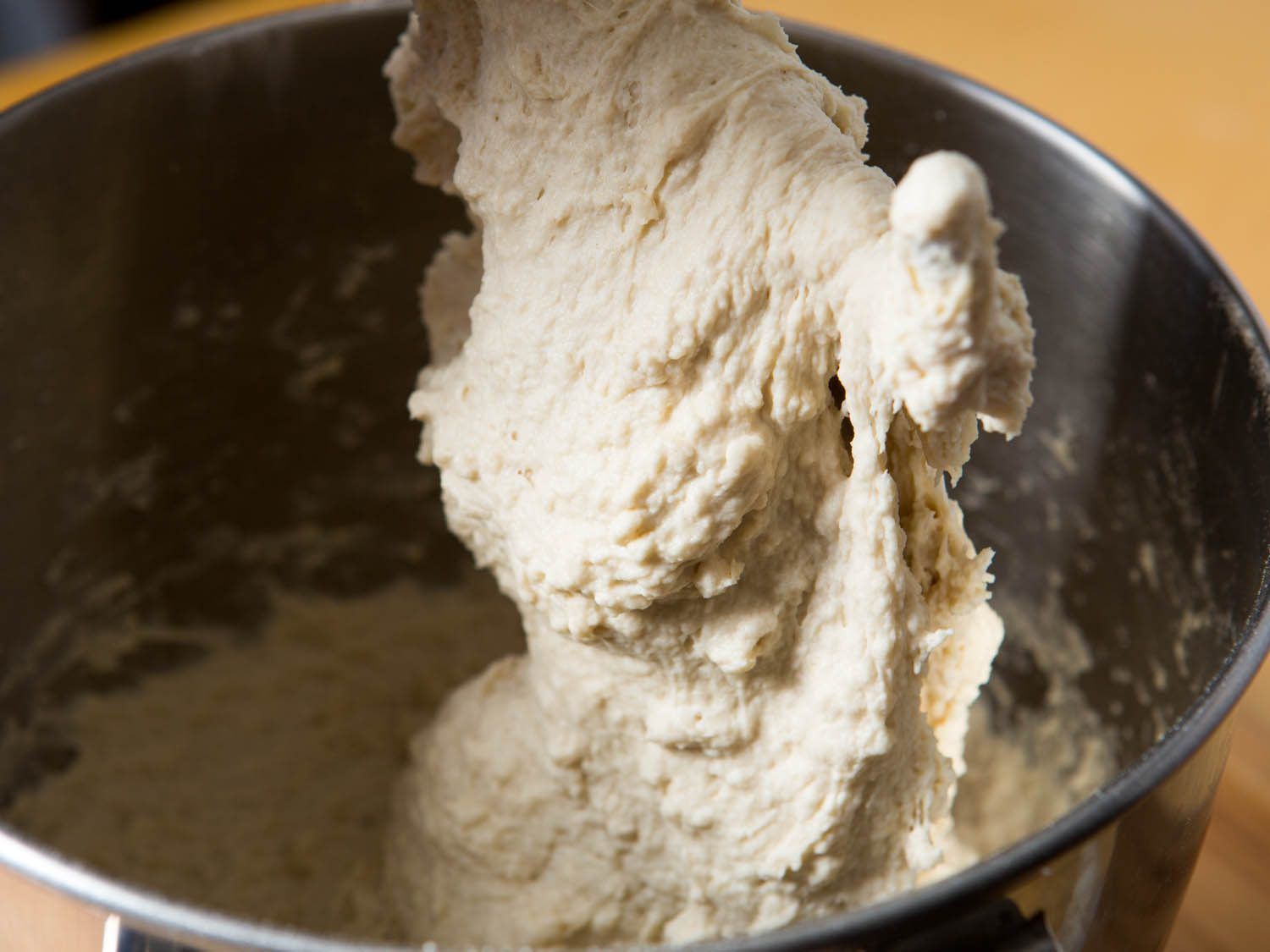

Kitchen Gadgets & Utensils
How To Mix Dough Without A Stand Mixer
Modified: February 28, 2024
Learn how to mix dough without a stand mixer using basic kitchen gadgets and utensils. Discover simple techniques for perfect dough every time.
(Many of the links in this article redirect to a specific reviewed product. Your purchase of these products through affiliate links helps to generate commission for Storables.com, at no extra cost. Learn more)
Introduction
Welcome to the world of baking! Whether you are a seasoned baker or just starting out, mastering the art of mixing dough without a stand mixer is a valuable skill that can elevate your baking endeavors. While a stand mixer can be a convenient tool, not everyone has access to one, and sometimes the satisfaction of creating something entirely by hand is unparalleled. In this guide, we will explore the equipment needed, the essential ingredients, various mixing methods, and some invaluable tips and tricks to ensure that your dough turns out perfectly every time.
Embarking on the journey of mixing dough by hand is an opportunity to connect with the timeless traditions of baking. The tactile experience of kneading and shaping the dough allows you to truly immerse yourself in the process, fostering a deeper understanding and appreciation for the art of baking. As you delve into the world of hand-mixing dough, you will discover the joy of creating delicious treats with your own two hands, infusing each creation with a touch of your unique personality and passion.
So, roll up your sleeves, gather your ingredients, and let's dive into the wonderful realm of mixing dough without a stand mixer. Whether you are preparing a batch of flaky biscuits, tender pie crusts, or artisanal bread, this guide will equip you with the knowledge and confidence to achieve outstanding results, all without the need for a stand mixer. Let's get started!
Key Takeaways:
- Embrace the joy of hand-mixing dough! With essential tools, key ingredients, and various mixing methods, you can create delectable baked goods infused with your unique flair and creativity.
- Master the art of hand-mixing dough. From kneading to folding, and infusing flavors, savor the tactile experience and unleash your culinary passion in every delightful creation.
Read more: How To Mix Without Electric Mixer
Equipment Needed
When it comes to mixing dough without a stand mixer, having the right tools at your disposal can make all the difference. While a stand mixer streamlines the mixing process, fear not, as achieving exceptional results by hand is entirely feasible with the following essential equipment:
- Bowl: A sturdy mixing bowl is a fundamental component for hand-mixing dough. Opt for a bowl that is spacious enough to accommodate the volume of your ingredients while providing ample room for kneading.
- Whisk: A reliable whisk is invaluable for thoroughly combining your dry ingredients before incorporating liquids. Look for a whisk with sturdy wires and a comfortable grip to streamline the mixing process.
- Wooden Spoon: A high-quality wooden spoon is a versatile tool for mixing dough by hand. Its broad, sturdy design allows for efficient stirring and folding, making it an indispensable asset in your baking arsenal.
- Bench Scraper: This handy tool facilitates the process of gathering and folding dough, ensuring that no remnants are left behind on your work surface. A bench scraper also aids in portioning and shaping dough with precision.
- Dough Scraper: Specifically designed for manipulating dough, a dough scraper assists in lifting, folding, and dividing the dough during the mixing and shaping stages. Its ergonomic design simplifies the handling of sticky or elastic dough.
- Measuring Cups and Spoons: Accurately measuring your ingredients is crucial for achieving consistent and delectable results. Invest in a reliable set of measuring cups and spoons to ensure precision in your baking endeavors.
- Parchment Paper: This versatile kitchen essential serves multiple purposes, from lining baking sheets to providing a non-stick surface for shaping and proofing dough. Keep a roll of parchment paper on hand to simplify the baking process.
- Rolling Pin: While not essential for all dough recipes, a rolling pin is indispensable for tasks such as flattening and shaping pastry dough. Choose a rolling pin with comfortable handles and a smooth surface for effortless dough manipulation.
Armed with these essential tools, you are well-equipped to embark on the delightful journey of mixing dough without a stand mixer. Each of these items plays a pivotal role in ensuring that your dough is expertly mixed, kneaded, and shaped to perfection, allowing you to unleash your creativity and culinary prowess in the kitchen.
Ingredients
Before delving into the delightful process of mixing dough by hand, it’s essential to familiarize yourself with the key ingredients that form the foundation of countless delectable baked goods. Whether you’re preparing a batch of flaky croissants, tender scones, or artisanal bread, the right combination of ingredients is paramount. Here are some essential components that you’ll encounter in various dough recipes:
- Flour: A staple in most dough recipes, flour provides structure and texture to baked goods. Different types of flour, such as all-purpose, bread flour, and whole wheat flour, offer distinct characteristics and are chosen based on the desired outcome of the dough.
- Leavening Agents: Depending on the recipe, leavening agents such as yeast, baking powder, and baking soda are used to impart lightness and rise to the dough. These ingredients are crucial for achieving the desired texture and volume in baked goods.
- Fat: Whether in the form of butter, shortening, or oil, fat enriches the dough, contributing to its tenderness, flavor, and moisture retention. The choice of fat can significantly influence the texture and flavor profile of the final product.
- Liquid: Water, milk, buttermilk, and other liquids are incorporated into dough to hydrate the flour and activate leavening agents. The type and quantity of liquid play a crucial role in determining the dough’s consistency and overall texture.
- Sugar: While not present in all dough recipes, sugar adds sweetness and promotes browning in baked goods. In addition to enhancing flavor, sugar can also contribute to the tenderness and moisture retention of the dough.
- Salt: Often referred to as the unsung hero of baking, salt not only enhances the overall flavor of the dough but also regulates yeast activity and strengthens the gluten structure, resulting in improved texture and crumb.
- Eggs: In recipes that call for eggs, these versatile ingredients contribute to the richness, structure, and moisture content of the dough, playing a crucial role in achieving the desired texture and flavor.
- Flavorings and Add-Ins: Depending on the recipe, various flavorings such as vanilla extract, spices, herbs, and add-ins like nuts, seeds, and dried fruits can be incorporated to impart complexity and character to the dough.
By understanding the role of each ingredient, you gain insight into the intricate alchemy of baking, empowering you to craft exceptional dough that embodies your culinary vision. With a well-stocked pantry and a deep appreciation for the art of baking, you are poised to embark on a delightful journey of hand-mixing dough, infusing each creation with your unique flair and creativity.
When mixing dough by hand, use a large bowl and a sturdy wooden spoon to combine the ingredients. Start by stirring the dry and wet ingredients together, then use your hands to knead the dough until it becomes smooth and elastic.
Mixing Methods
When it comes to mixing dough without a stand mixer, employing the right techniques is essential for achieving optimal texture, structure, and flavor in your baked creations. While the absence of a stand mixer may seem daunting at first, fear not, as mastering the art of hand-mixing dough opens the door to a world of tactile satisfaction and culinary mastery. Here are several tried-and-true mixing methods that will empower you to create exceptional dough by hand:
- Hand-Kneading: This classic technique involves using the heels of your hands to press and fold the dough, gradually incorporating the ingredients and developing gluten. As you knead the dough on a lightly floured surface, rotate and fold it to ensure even mixing and proper gluten formation. Hand-kneading is particularly well-suited for bread dough and pasta dough, allowing you to achieve the desired elasticity and structure.
- Folding and Pressing: For delicate dough, such as puff pastry or laminated dough, the folding and pressing method is employed to create distinct layers and achieve the desired flakiness. By gently pressing and folding the dough, you create alternating layers of fat and dough, resulting in a light and airy texture when baked.
- Rubbing-In Method: Commonly used for pastry dough, the rubbing-in method involves incorporating cold fat, such as butter, into the flour using your fingertips. By gently rubbing the fat into the flour until it resembles coarse breadcrumbs, you create a crumbly texture that forms the basis of tender and flaky pastry.
- Whisking and Stirring: When preparing batter-based dough, such as pancake batter or cake batter, whisking and stirring are essential techniques for achieving a smooth and uniform consistency. Gradually incorporating the dry and liquid ingredients while whisking ensures that the batter is free of lumps and possesses the desired viscosity.
- Stretch and Fold: Particularly beneficial for high-hydration dough, the stretch and fold method involves gently stretching the dough and folding it onto itself to develop strength and structure. This technique is often employed in artisanal bread-making, contributing to an open crumb and robust structure in the finished loaf.
Each of these mixing methods offers a unique approach to hand-mixing dough, allowing you to tailor your techniques to the specific requirements of the recipe at hand. By mastering these techniques, you will develop a nuanced understanding of dough manipulation, enabling you to create an array of delectable baked goods with precision and finesse.
Tips and Tricks
As you embark on the delightful journey of mixing dough without a stand mixer, incorporating a range of tips and tricks into your baking repertoire can elevate your hand-mixing experience and yield exceptional results. From achieving the perfect texture to infusing your dough with nuanced flavors, these invaluable insights will empower you to hone your craft and create delectable baked goods with confidence:
- Temperature Matters: Pay close attention to the temperature of your ingredients. For instance, cold fat is crucial in pastry dough to achieve flakiness, while room temperature ingredients are often preferred for yeast-based dough to facilitate fermentation.
- Rest and Relaxation: Allowing the dough to rest at various stages of mixing is essential for gluten relaxation and hydration. Rest periods enable the dough to become more pliable and easier to work with, contributing to improved texture and structure in the finished product.
- Embrace the Fold: Incorporating folding techniques, such as the stretch and fold method, can enhance gluten development and contribute to an open crumb structure in bread. Embrace the art of folding to impart strength and character to your dough.
- Flour Wisely: When dusting your work surface with flour, exercise restraint to prevent the dough from becoming overly dry. Use a light touch and add flour gradually as needed to maintain the ideal consistency of the dough.
- Consistency is Key: Pay attention to the consistency of the dough as you mix. Whether it’s a smooth batter or a slightly tacky bread dough, achieving the right consistency is crucial for the success of your baked goods.
- Flavor Infusion: Experiment with incorporating flavorings and add-ins to elevate the taste profile of your dough. From aromatic spices to citrus zest and seeds, infusing your dough with complementary flavors can add depth and complexity to your creations.
- Practice Patience: Hand-mixing dough is a labor of love that rewards patience and precision. Take your time, savor the process, and embrace the tactile experience of shaping and kneading the dough with intention and care.
- Visual and Tactile Cues: Pay attention to visual and tactile cues as you mix and knead the dough. Whether it’s achieving a smooth, elastic texture or observing the dough’s responsiveness to shaping, honing your sensory awareness enhances your ability to create exceptional dough.
By integrating these tips and tricks into your baking routine, you will cultivate a deeper understanding of the art of hand-mixing dough, allowing you to craft an array of exquisite baked goods with finesse and creativity. Embrace the joy of tactile engagement, experiment with diverse techniques, and infuse each creation with your unique culinary vision.
Read more: How To Mix Cake Batter Without A Mixer
Conclusion
Congratulations on embarking on the enriching journey of mixing dough without a stand mixer! As you have discovered, the art of hand-mixing dough is a deeply rewarding endeavor that invites you to engage with the timeless traditions of baking while fostering a profound connection to the culinary craft. By mastering essential techniques, understanding the role of key ingredients, and incorporating invaluable tips and tricks, you have unlocked the potential to create an array of delectable baked goods with your own two hands.
Hand-mixing dough is not merely a practical skill; it is a sensory experience that allows you to immerse yourself in the alchemy of baking, shaping each creation with intention, care, and creativity. Whether you are crafting tender pastry, artisanal bread, or delicate pastries, the tactile engagement of hand-mixing enables you to infuse your dough with a touch of your unique personality and passion.
As you continue to explore the art of hand-mixing dough, remember to savor the process, embrace the nuances of each technique, and celebrate the joy of creating something truly exceptional from scratch. Whether you are kneading bread dough to achieve the perfect elasticity or delicately folding pastry for impeccable flakiness, each step is an opportunity to hone your skills and express your culinary artistry.
With a well-equipped kitchen, a deep understanding of mixing methods, and a repertoire of invaluable tips and tricks, you are poised to embark on a delightful baking journey filled with creativity, exploration, and delicious discoveries. Embrace the tactile satisfaction of hand-mixing dough, infuse each creation with your unique flair, and revel in the joy of sharing your delectable baked goods with friends and family.
So, roll up your sleeves, preheat the oven, and let your creativity soar as you continue to craft exceptional dough by hand, one delightful creation at a time. The world of baking is yours to explore, and hand-mixing dough is your gateway to a realm of endless culinary possibilities. Happy baking!
Frequently Asked Questions about How To Mix Dough Without A Stand Mixer
Was this page helpful?
At Storables.com, we guarantee accurate and reliable information. Our content, validated by Expert Board Contributors, is crafted following stringent Editorial Policies. We're committed to providing you with well-researched, expert-backed insights for all your informational needs.
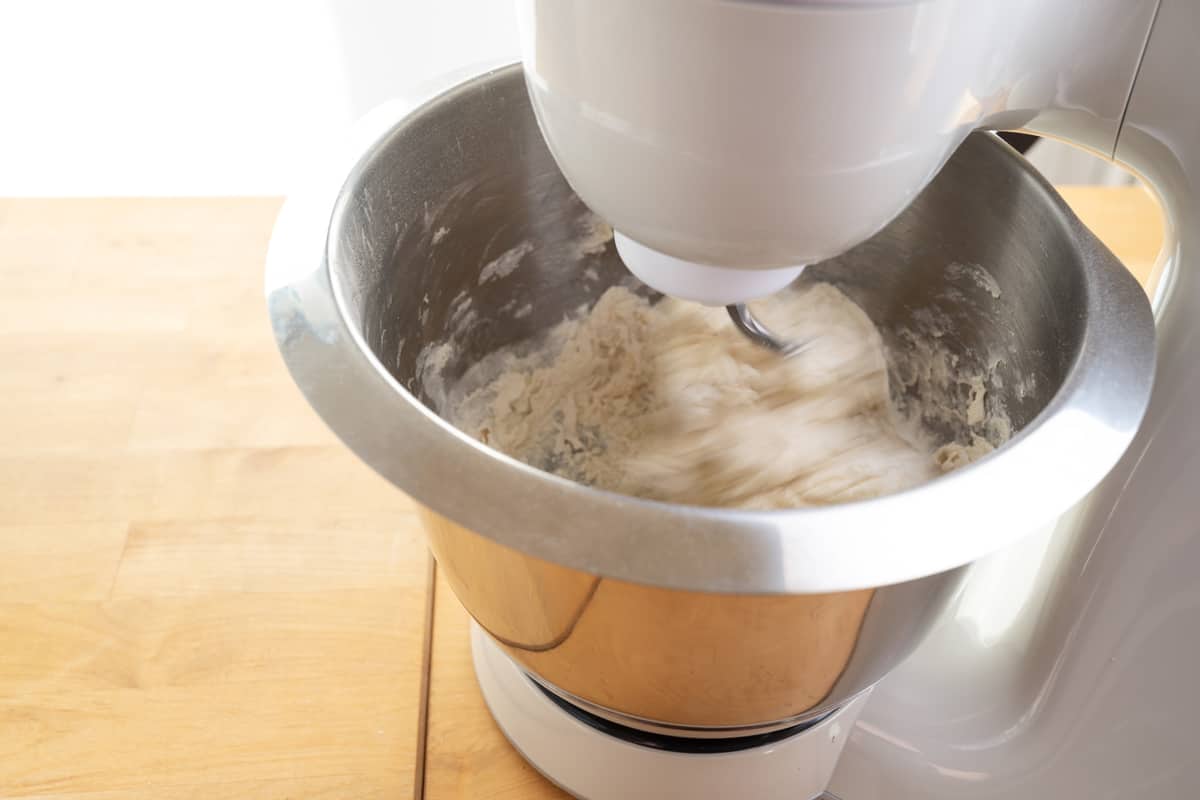
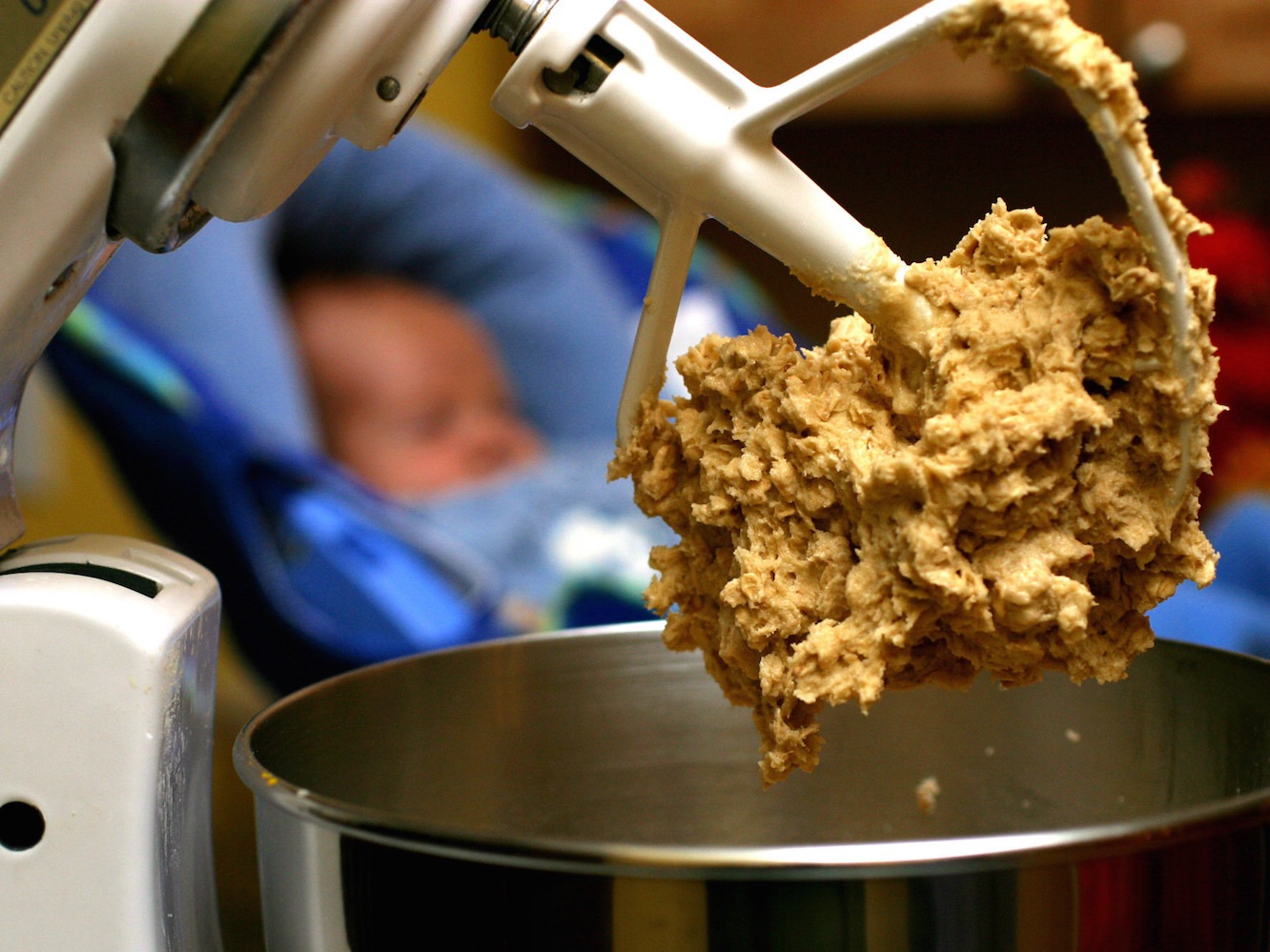
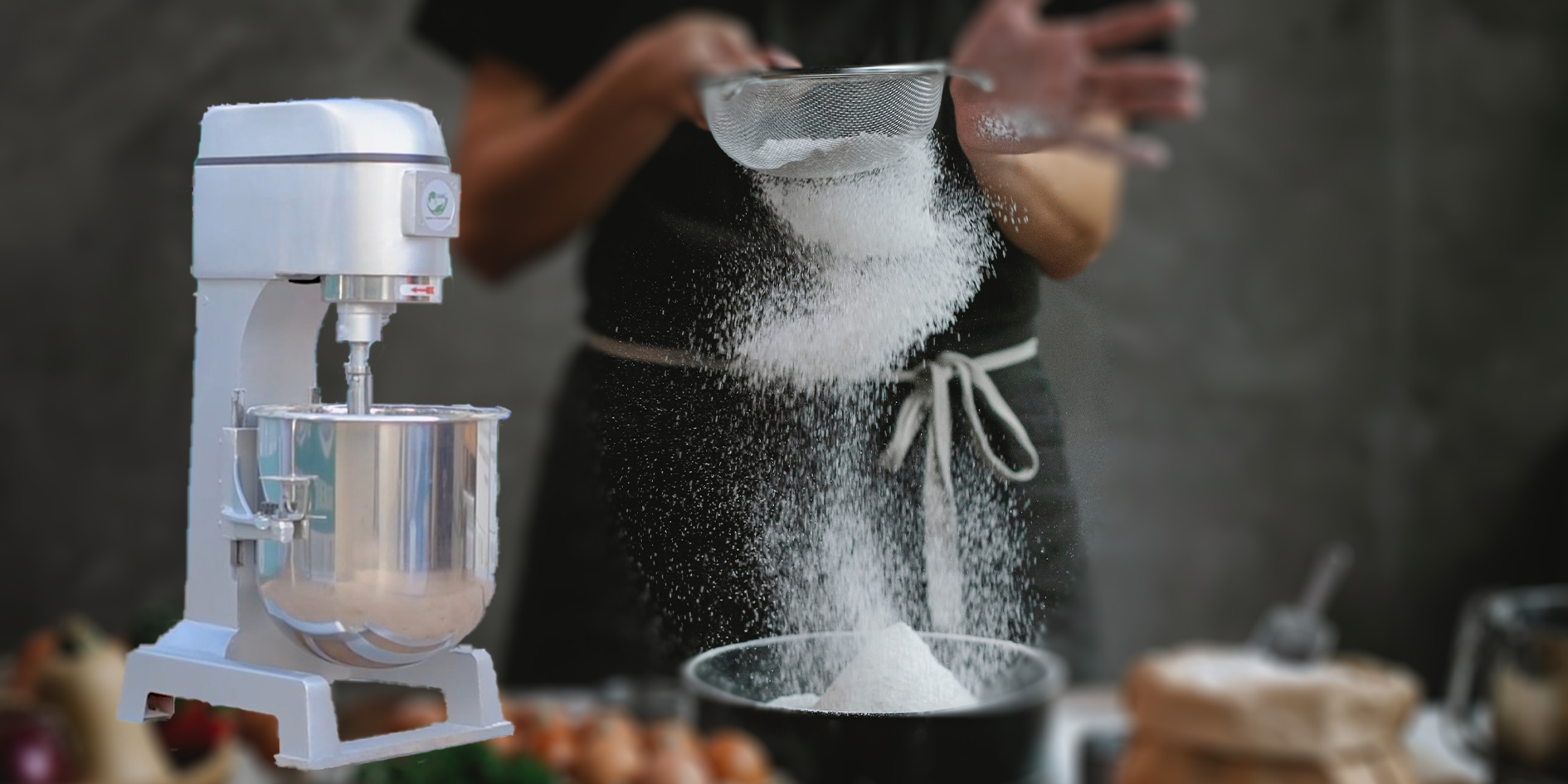
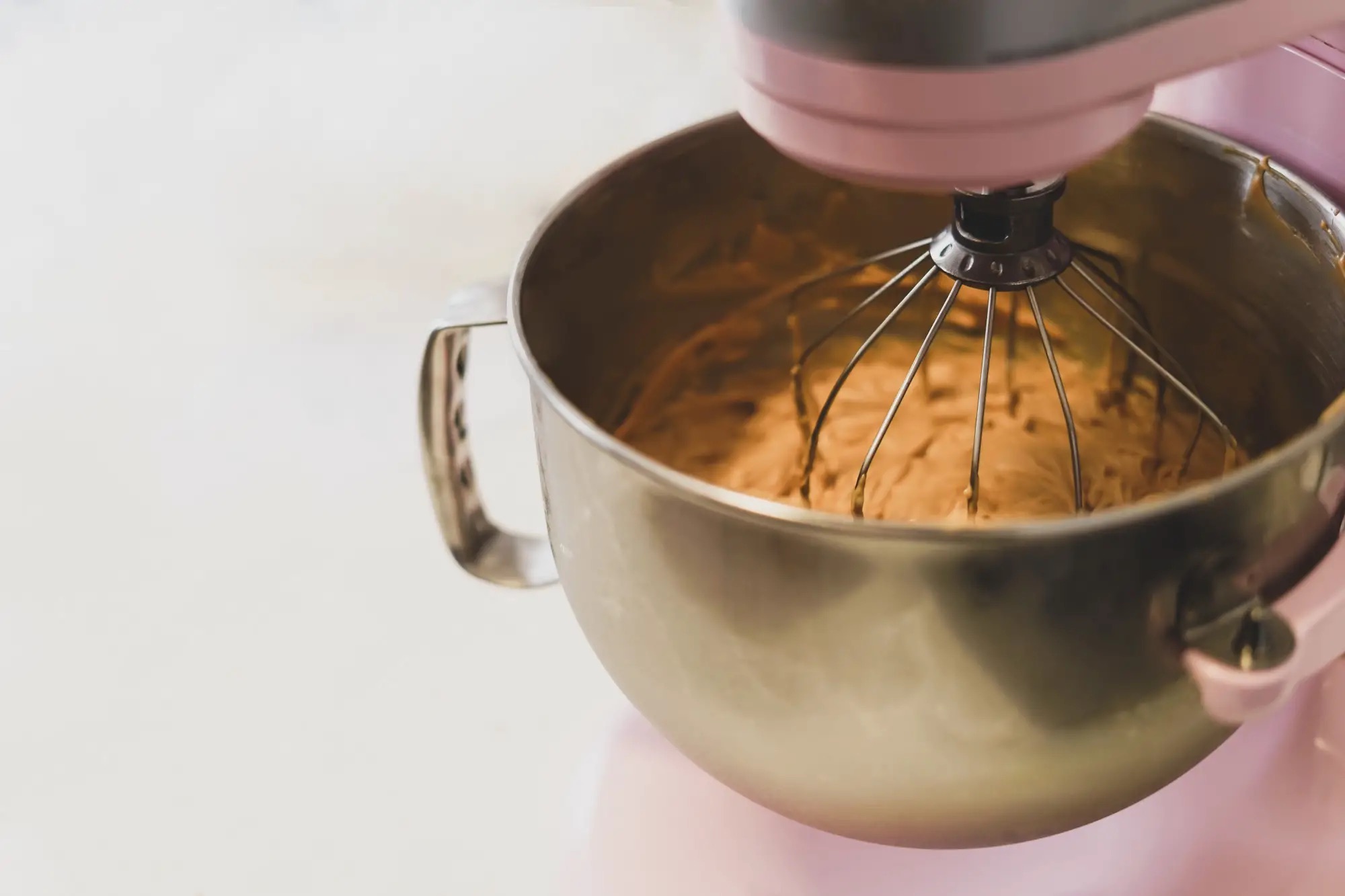
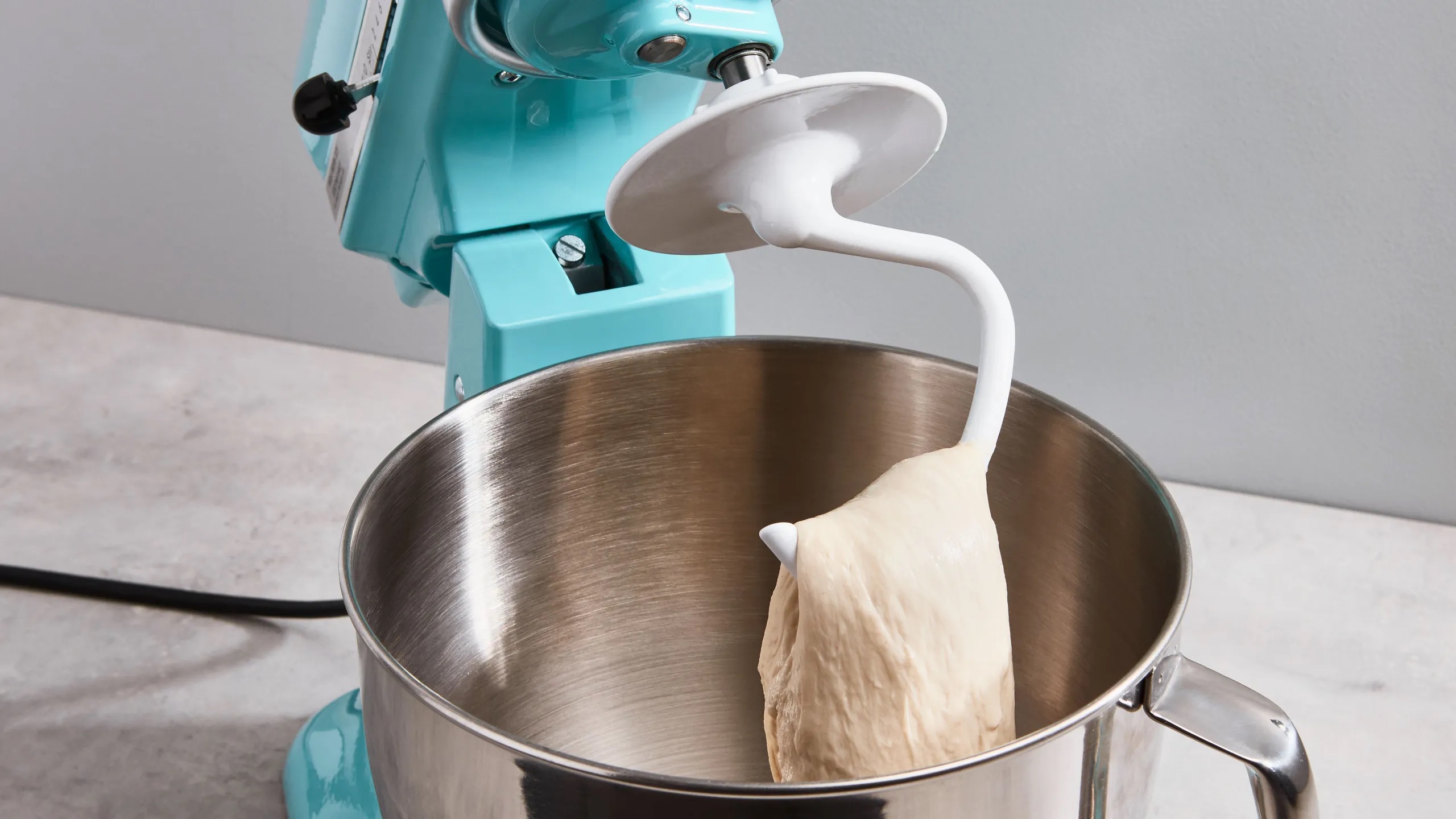
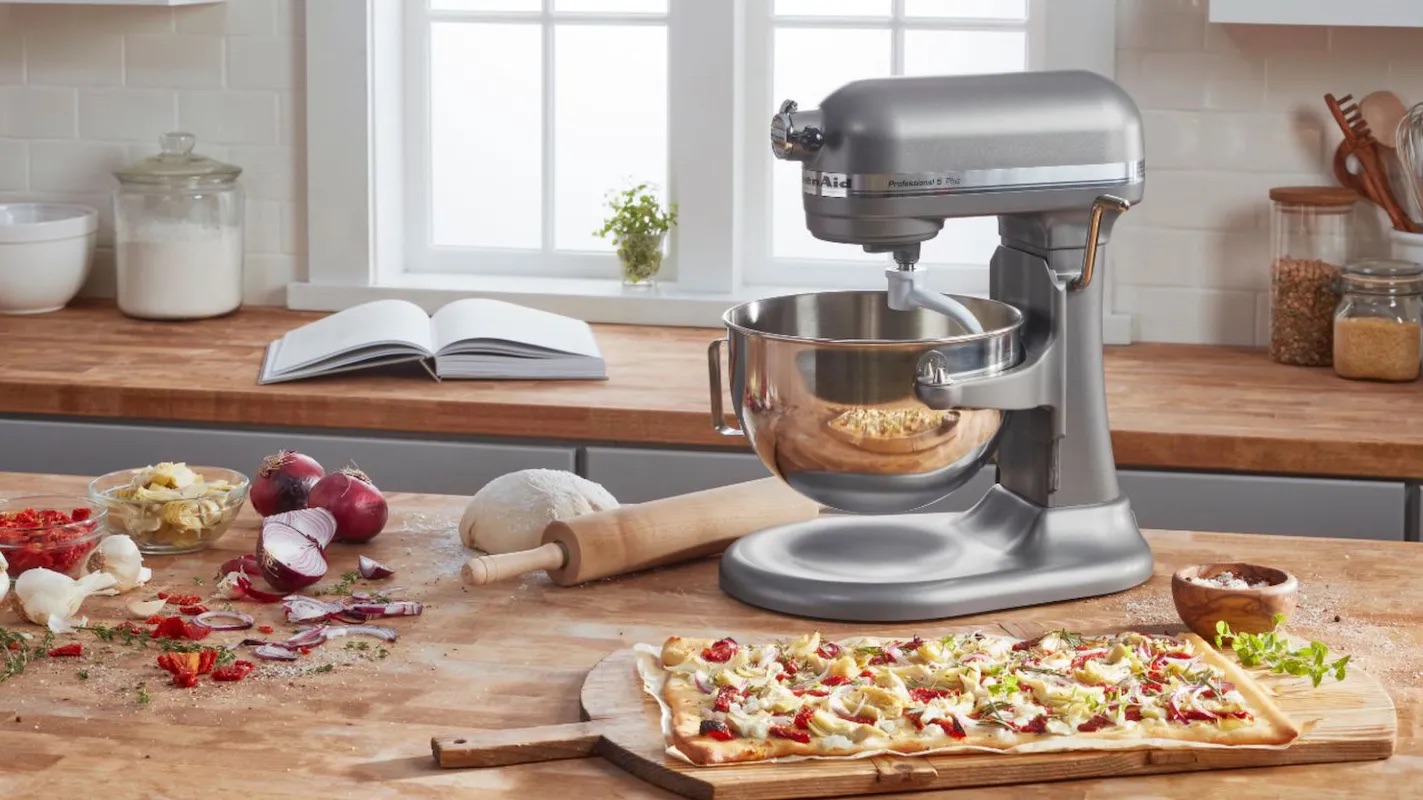
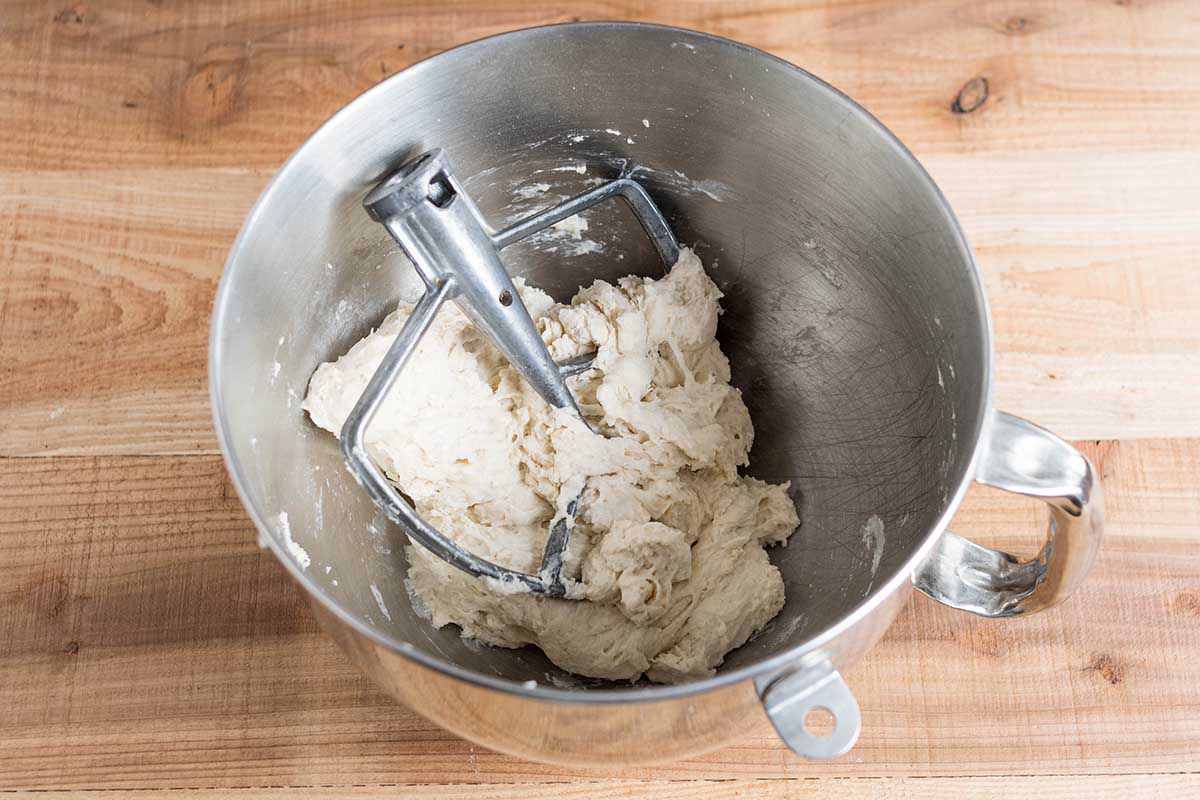
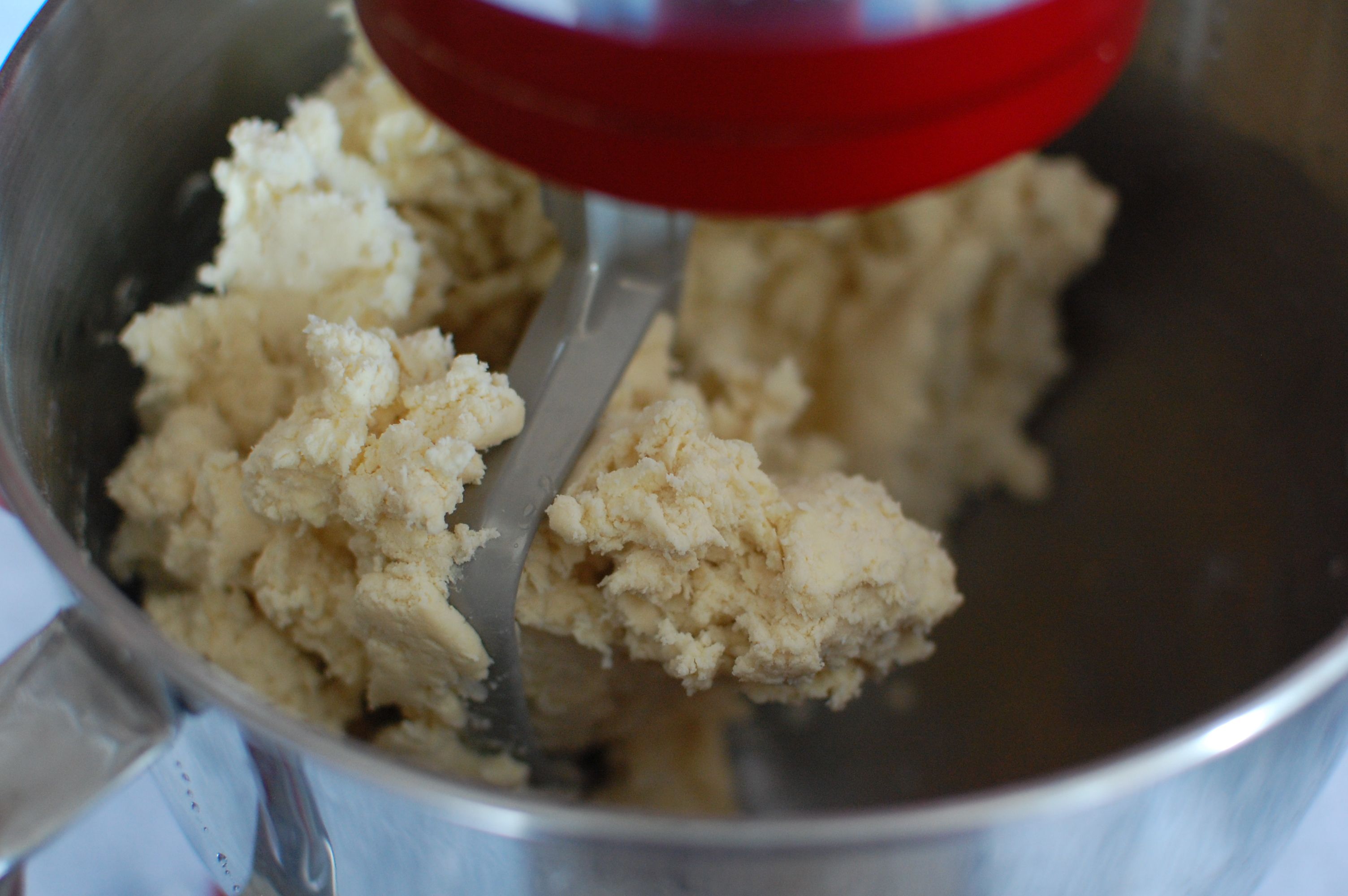
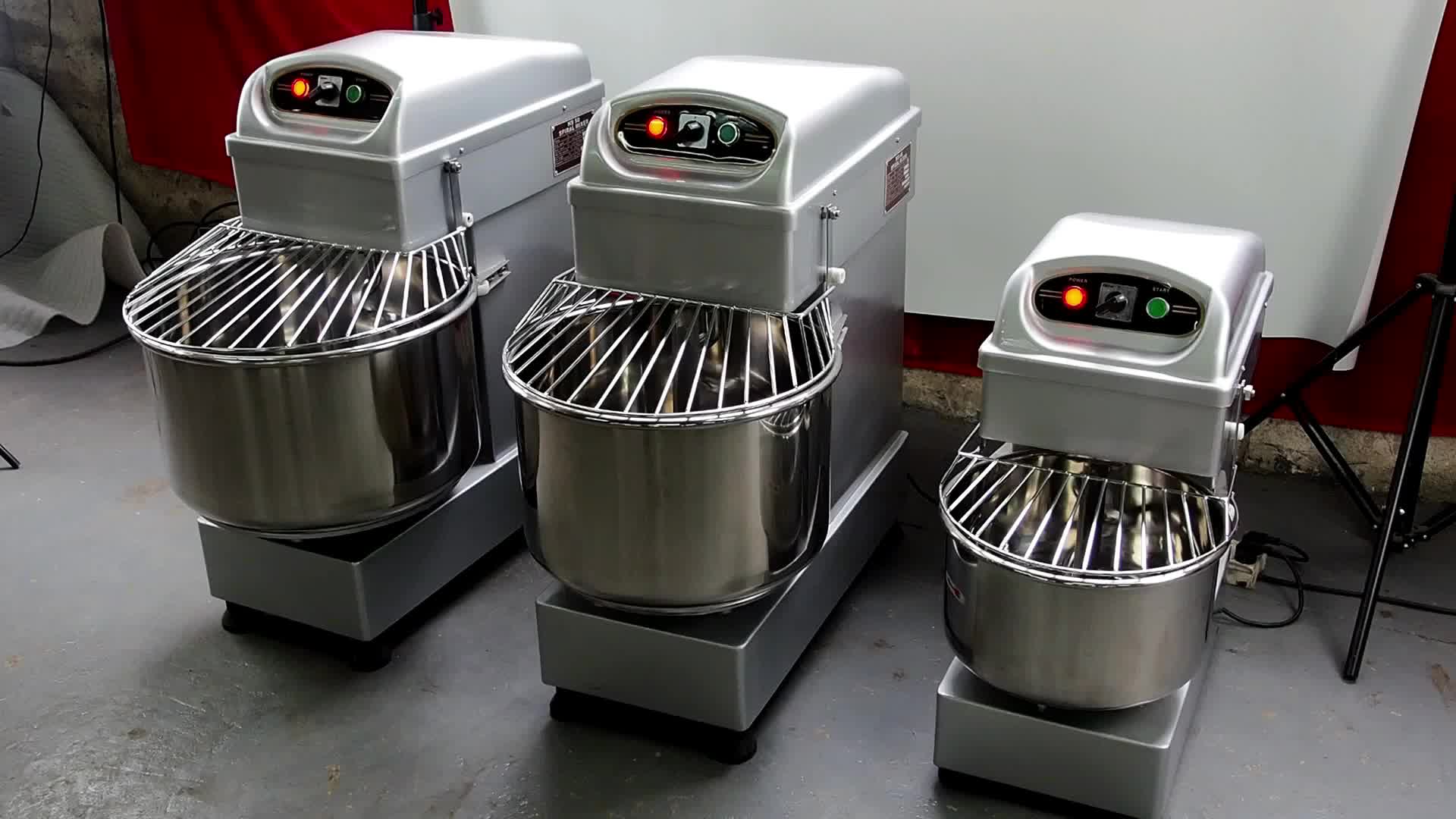
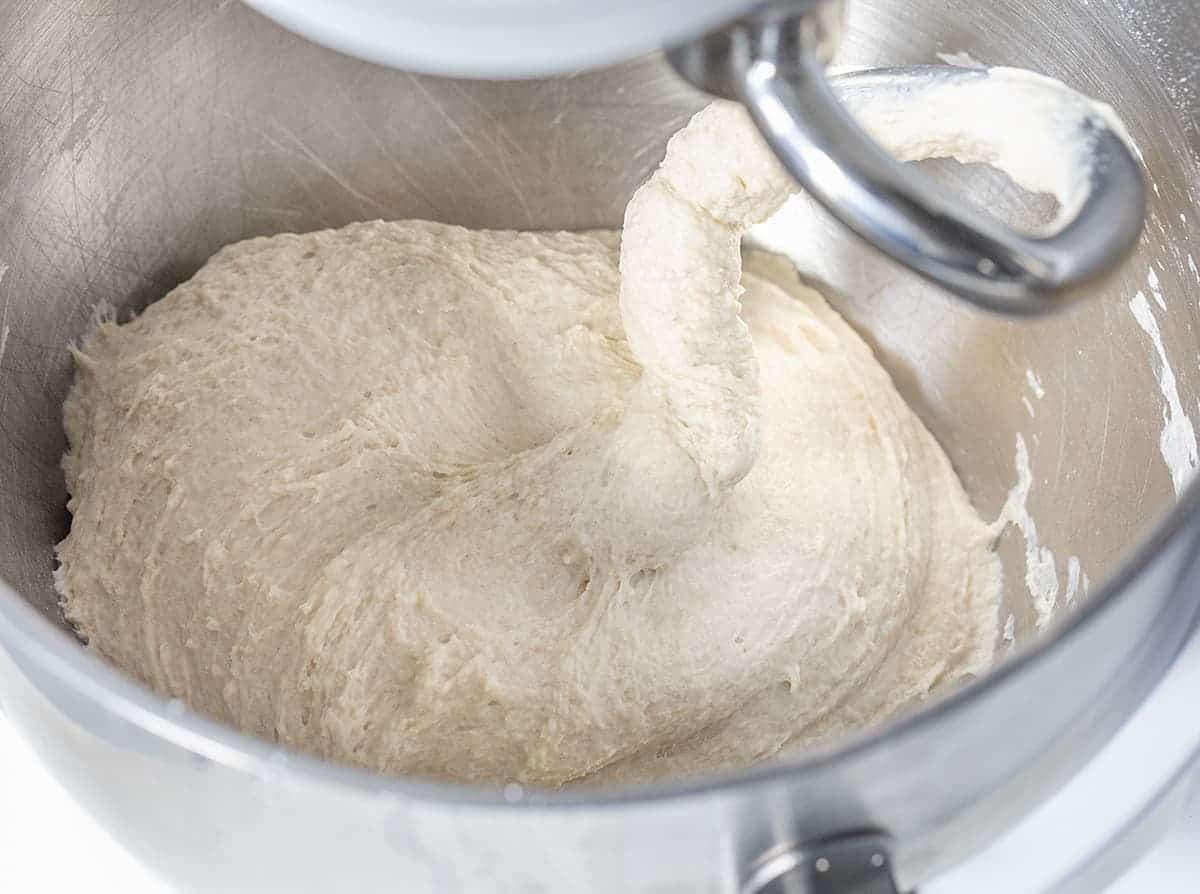
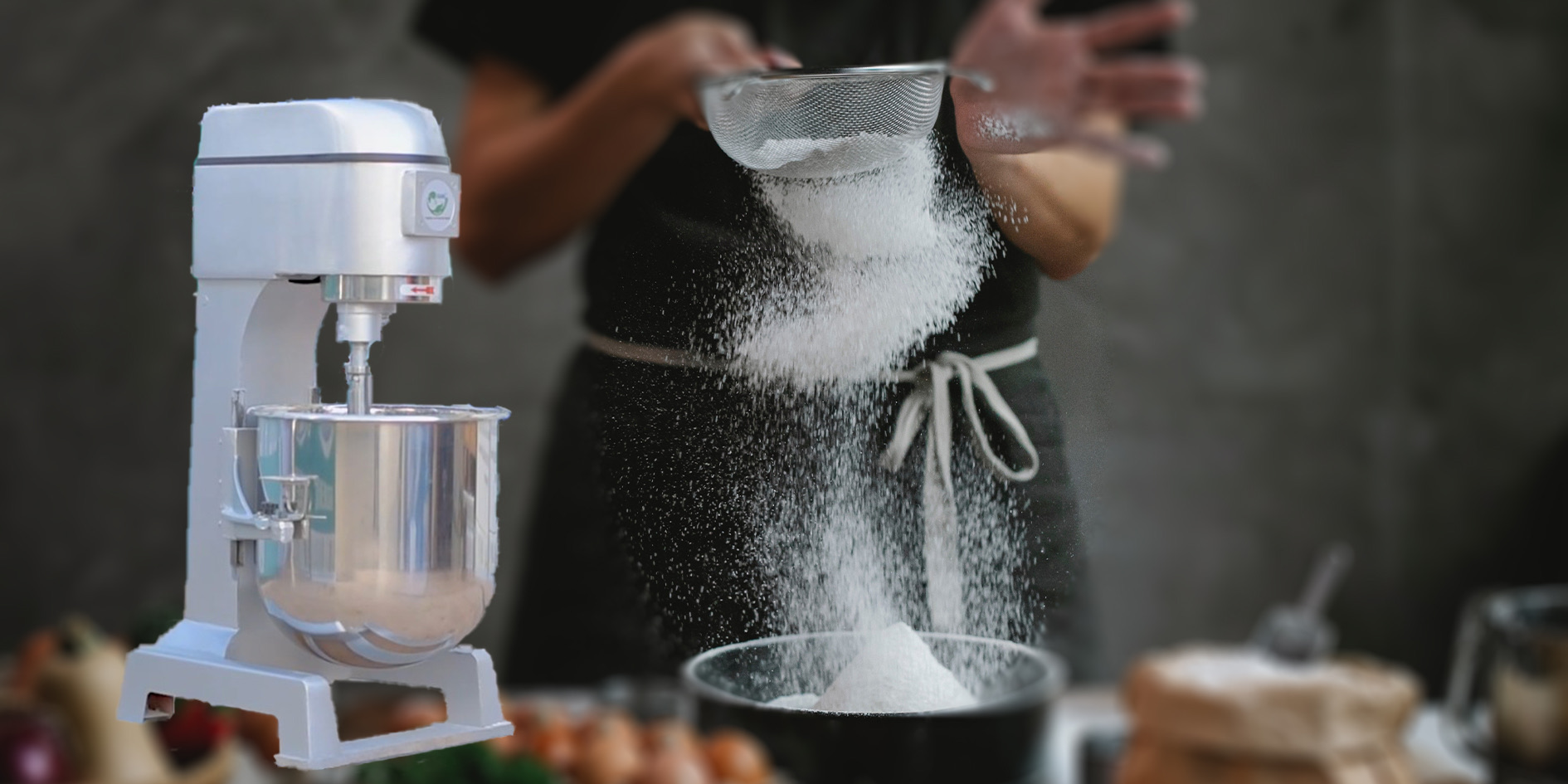
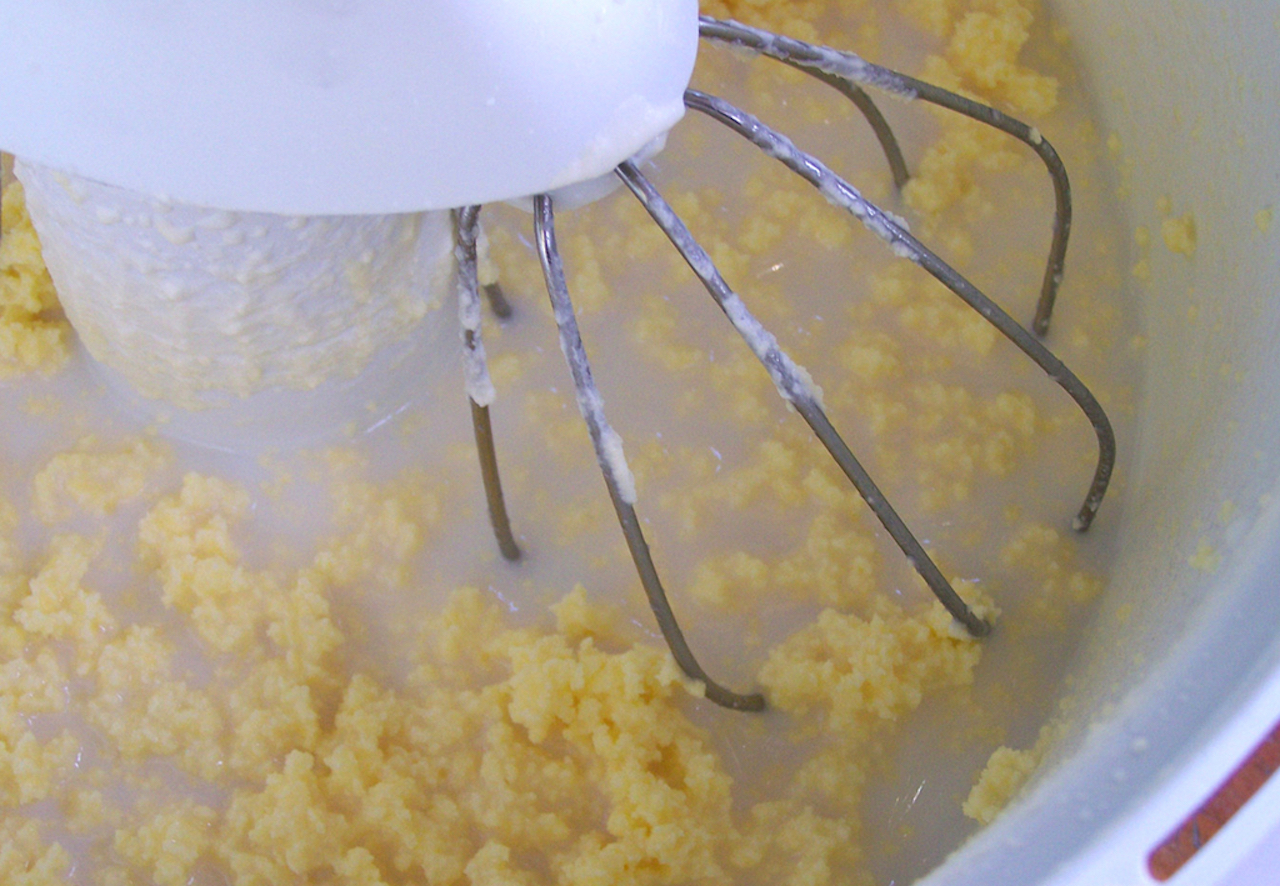
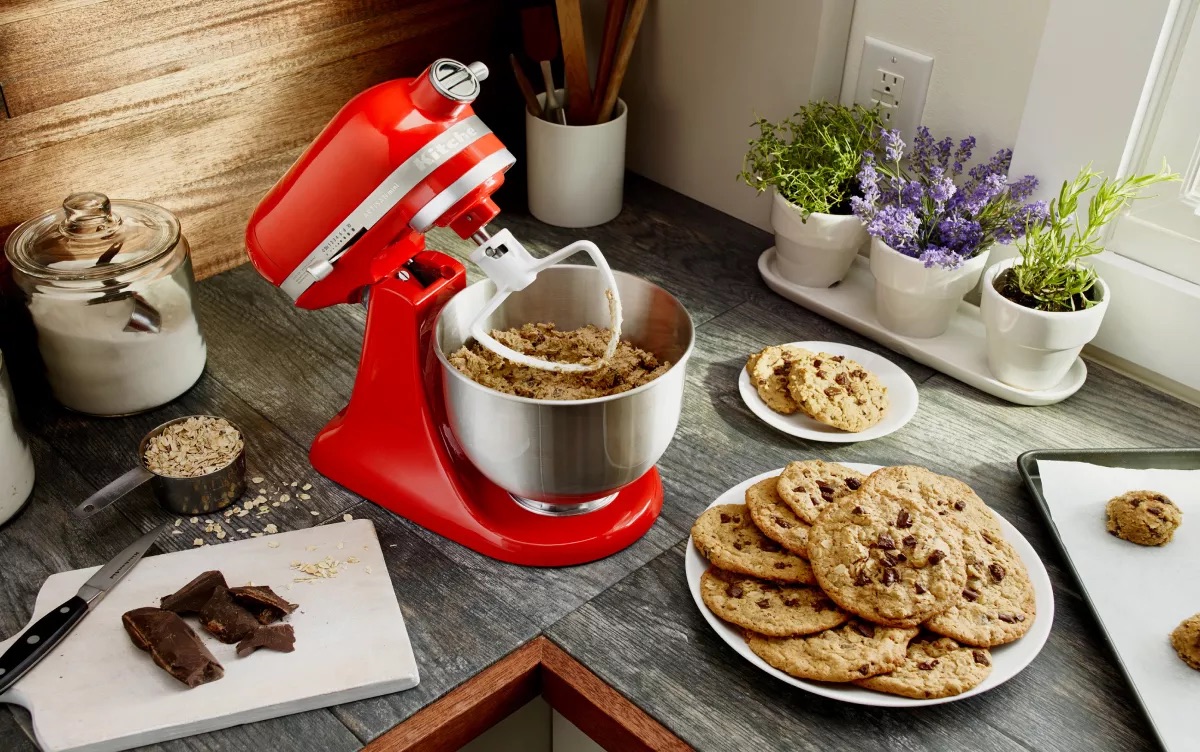
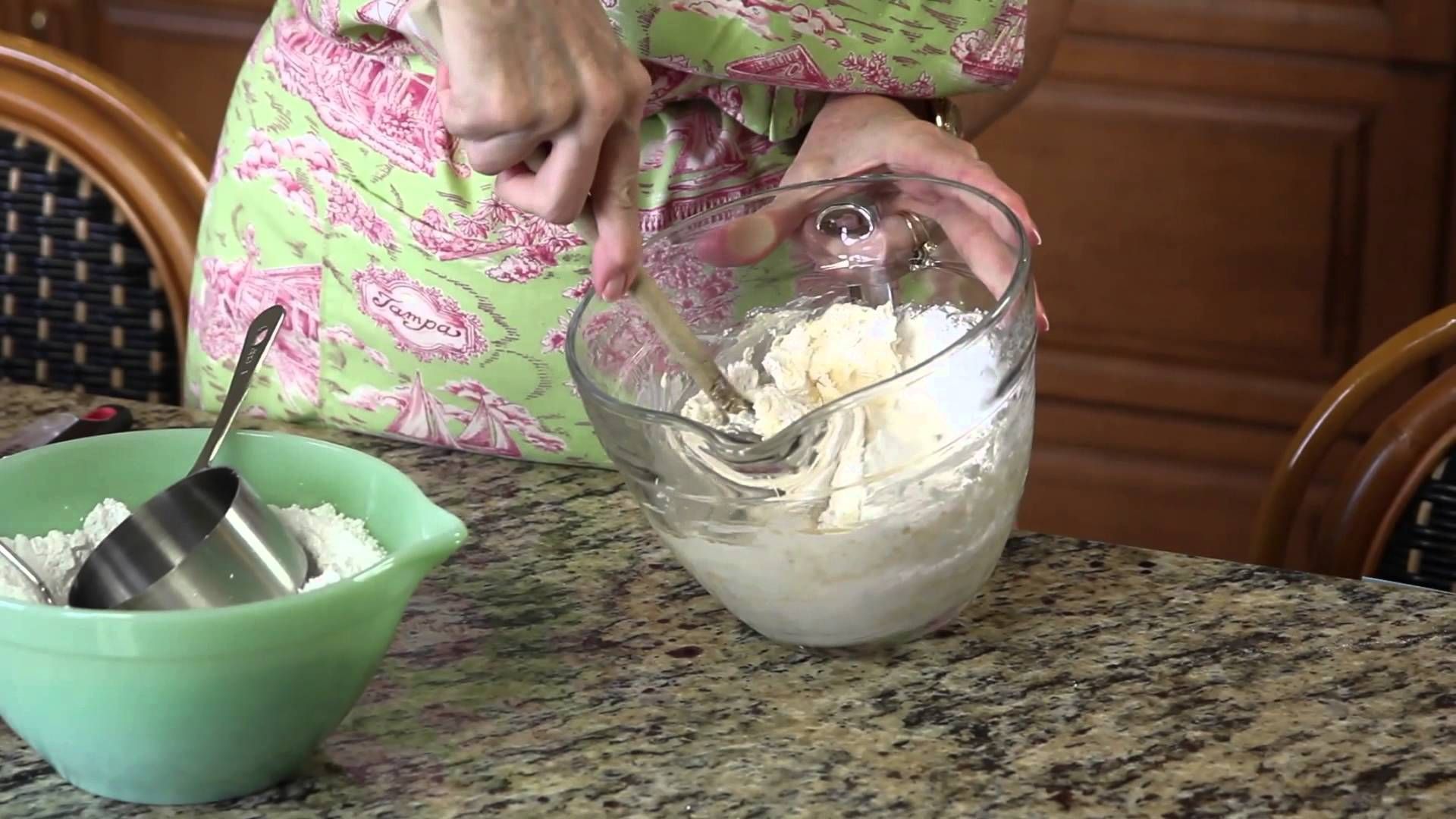

0 thoughts on “How To Mix Dough Without A Stand Mixer”